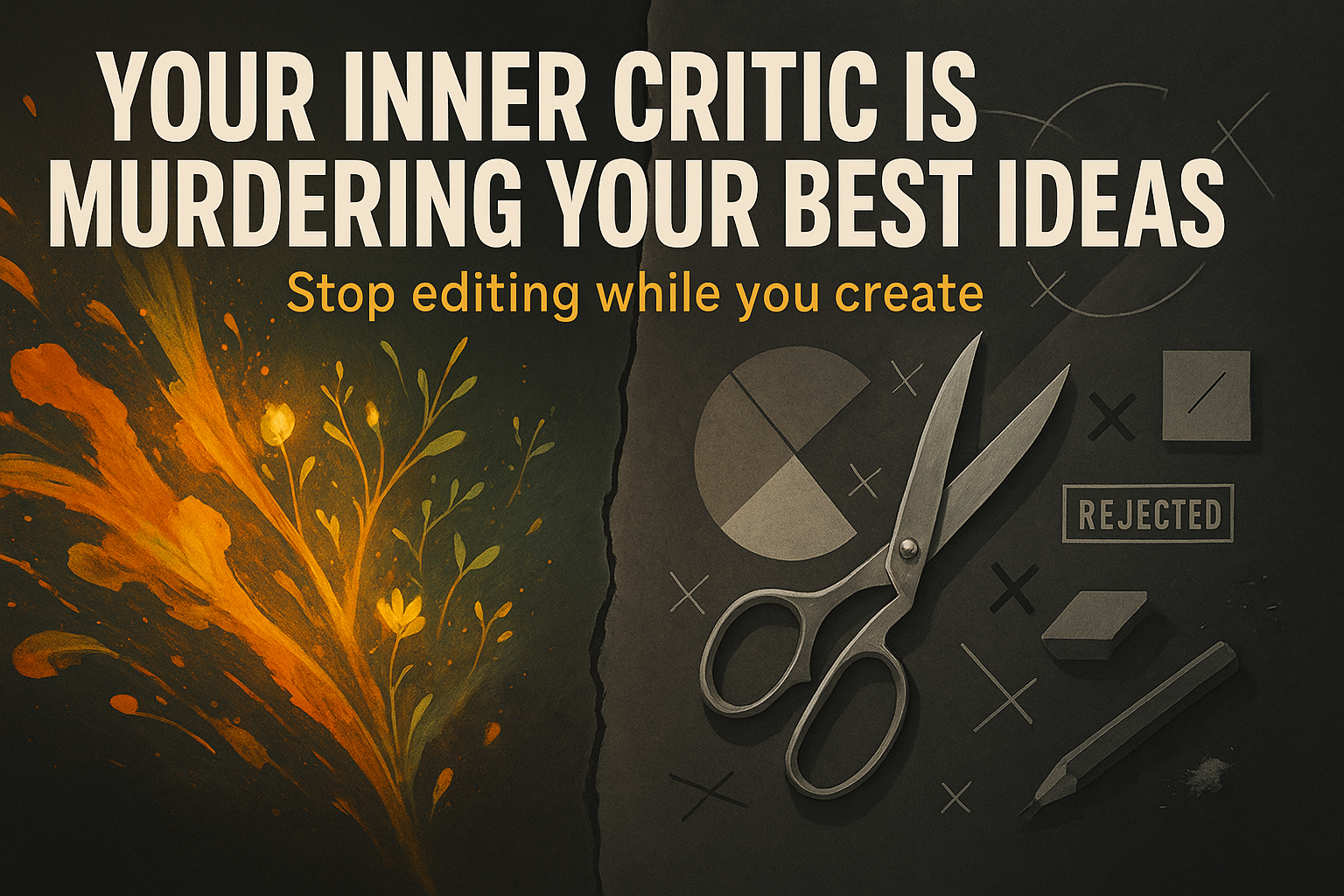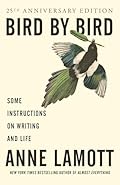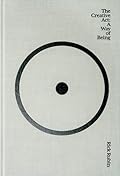
Your Inner Critic Is Murdering Your Best Ideas in the Crib
By Derek Neighbors on October 28, 2025
I watched a strategy session last month where someone proposed a wild idea.
Not polished. Not fully formed. Just raw possibility: “What if we scrapped the entire onboarding flow and started from scratch?”
The energy shifted. You could feel it. That split second where something new was about to enter the world.
Then they killed it: “But that’s probably too radical. Never mind.”
Three seconds. That’s how long it took to murder the idea. Not because the team rejected it. Not because it was bad. Because they deployed their editor brain during creation mode.
The room moved on. But I couldn’t. Because I recognized what just happened. I’ve done it a thousand times. You probably have too.
We congratulate ourselves for being “realistic” or having “high standards.” Really, we’re just scared. So we judge while we create, which guarantees we create nothing worth judging.
Your inner critic isn’t the problem. The problem is letting it show up at the wrong time. Excellence requires two opposite mindsets, and mixing them guarantees you’ll get neither right.
The Two Minds You Need
You need a creator. Wild, uninhibited, generative. It sees possibilities, makes unexpected connections, ignores constraints. It generates volume without judgment. It builds momentum.
You need a critic. Ruthless, analytical, selective. It spots flaws, tests reality, enforces constraints. It cuts volume down to quality. It demands refinement.
Here’s what most people miss: these aren’t just different approaches. They’re neurologically opposite states. Your brain literally can’t do both simultaneously.
Trying to create and judge at the same time is like trying to accelerate and brake at once. You don’t get moderation. You get neither. You just stall.
The ancient Greeks understood this through poiesis (ποίησις), the act of bringing something into being, and kritikos (κριτικός), the capacity for judgment. Both essential for excellence. But never simultaneous.
Pattern 1: The Premature Editor
You start writing. First paragraph emerges. You read it. Hate it. Rewrite it. Read again. Still not right. Edit it again.
Twelve revisions of the first paragraph. Haven’t touched the second one yet.
This isn’t efficiency. It’s fear.
The critic shows up early because it feels safer than the vulnerability of wild creation. You’re not improving quality by editing early. You’re preventing quantity. And without quantity, you never reach quality.
I see this everywhere. Strategy meetings where people poke holes in ideas during brainstorming instead of building momentum. Product development where features get cut before they’re even prototyped. Leadership where bold proposals die in committee before they’re fully explored.
Aristotle distinguished between energeia (ἐνέργεια), activity complete in itself, and kinesis (κίνησις), activity aimed at an end. Creation is energeia. Criticism is kinesis. Mixing them destroys both.
Here’s the truth: judgment during creation isn’t discernment. It’s fear masquerading as standards.
Pattern 2: The Risk-Averse Creator
You only generate “safe” ideas. You create with one eye on what the critic will accept. You never let yourself go wild because you’re already pre-filtering for what’s “realistic.”
In business, you only propose ideas you know your boss will approve. In creative work, you only write scenes you know how to execute. In leadership, you only suggest changes that won’t ruffle feathers.
You think you’re being strategic. Actually, you’re guaranteeing mediocrity.
Breakthrough ideas never emerge from pre-filtered thinking. They come from wild generation followed by ruthless selection. You’re skipping the first step and wondering why everything feels derivative.
I did this for years. Pitched only the ideas I thought would land. Avoided anything too bold. The result? Everything I created felt like a slightly better version of what already existed. Nothing broke through because nothing was allowed to be wild.
Safe creation isn’t creation. It’s criticism with extra steps.
Pattern 3: The Eternal Polisher
You never finish because you’re always refining. Every draft needs “just one more pass.” You can’t ship because the critic never shuts off.
In product development, you keep adding features indefinitely. In writing, you revise the same chapter for months. In strategy, you perfect the plan instead of executing.
You’re not pursuing excellence. You’re avoiding completion.
The critic, when given unlimited time, will find infinite problems. Not because they exist, but because finding problems is its job. You’re asking the critic “is this done?” when you should be asking the creator “is this good enough to test?”
The Stoics practiced kairos (καιρός), the right moment for action. Excellence has an expiration date. The perfect solution delivered after the window closes is worthless.
I’ve watched leaders miss massive opportunities because they were still “perfecting the strategy” while competitors shipped. Their work was objectively better. They lost anyway.
Endless refinement isn’t excellence. It’s missing the moment. Perfection pursued past completion becomes sophisticated procrastination.
Pattern 4: The Harsh Critic, Timid Creator
You’re brutal with your judgment but timid with your creation. Savage when editing, careful when drafting. High standards for output, low courage in input.
As a leader, you’re quick to critique others’ ideas but slow to offer your own. In creative work, you can spot flaws instantly but can’t generate freely. In strategy, you’re expert at poking holes but terrible at proposing alternatives.
Here’s what’s actually happening: your critic has become a weapon you use to avoid the vulnerability of wild creation.
It’s easier to judge than to create because judgment feels safe. Creating requires risk. It means putting something into the world that might fail. Criticism offers the illusion of contribution without the exposure.
A strong critic without a strong creator doesn’t make you discerning. It makes you paralyzed.
What Actually Works: The Timing Separation
You can’t fix what doesn’t exist yet.
That’s the brutal truth most people avoid. Stop judging before you’ve created volume.
My breakthrough came when I gave myself permission to create garbage. Not because garbage is the goal. Because you can’t get to gold without mining through dirt first.
The hardest part wasn’t learning the method. It was accepting how much fear I’d been calling “standards.”
Create Without Judgment (Timed Sessions)
Set a timer. Twenty-five to sixty minutes. Then generate like your life depends on it and your reputation doesn’t.
Volume over quality. Wild over realistic. No judgment until the timer ends. Momentum over perfection.
The first time I did this, I felt physically uncomfortable. My editor brain kept screaming that what I was creating was shit. I kept creating anyway. Turns out, some of it was shit. But buried in that pile was the idea I’d been avoiding for months because it seemed too bold.
Your goal isn’t to create the final version. It’s to create the raw material the critic will work with later. Get everything out. The good, the bad, the insane. Don’t evaluate. Don’t refine. Just generate.
Walk Away (Minimum Break)
Physical separation from the work. Not metaphorical. Actual distance.
Close the laptop. Leave the room. Let the creator brain shut down completely before you even think about judging what you made.
Minimum twenty minutes. Ideal: overnight.
Your brain needs to shift modes. Trying to judge immediately after creating is like asking your body to sleep immediately after sprinting. The activation state is wrong. You’ll critique badly and create nothing worth keeping.
Critique Ruthlessly (Different Session)
Now deploy the critic at full strength.
Cut without mercy. Test every assumption. Challenge every choice. Refine aggressively. This is where your high standards finally get to do their job.
The difference? You’re judging actual work, not killing possibilities before they’re fully formed. You have volume to work with. Options to compare. Real material to refine.
Your goal: make what you created actually good. No attachment to what you generated. The creator did its job. Now the critic does its job.
Separate Sessions, Not Mindsets Within Sessions
Don’t try to “balance” in the moment. That’s the trap that keeps you mediocre.
Fully commit to each mode. Switch cleanly between them. Respect the timing.
I started using this for everything. Writing, strategy, product decisions, leadership conversations. The results weren’t gradual. They were immediate.
More volume in the creation phase meant more options for the critic to work with. Full permission to critique meant higher quality output. No mixing meant both modes operated at full power.
The Diagnostic Questions
These aren’t reflective prompts. They’re designed to make you uncomfortable.
What deep work did you abort in the last month because you judged it too soon?
Not “didn’t finish.” Aborted. Killed before it had a chance. What bold idea died in your head before you even wrote it down?
When was the last time you let yourself create something genuinely bad?
Not “could be better.” Actually bad. Embarrassingly rough. If you can’t remember, that’s your answer. Your critic has been running the show so long you’ve forgotten what wild generation feels like.
What are you using “high standards” to avoid doing?
This is the one that cuts. Because high standards sound virtuous. But often, they’re just sophisticated fear. What project are you not starting because your standards are “too high”? What idea are you not sharing because it’s “not ready yet”?
How many ideas did you generate in your last brainstorm before you started judging?
If the answer is less than twenty, you didn’t brainstorm. You carefully curated. There’s a difference.
Here’s the honest assessment: Are you failing because your creator is weak? Or because your critic shows up too early?
For most people, it’s the latter. The creator isn’t broken. It’s just being murdered before it gets a chance to work.
Which means the fix isn’t complicated. It’s just uncomfortable. You have to let yourself create badly before you can create well.
The 30-Day Creator-Critic Separation
Week 1-2: Creator Training
Daily thirty-minute creation sessions. Zero editing during the session. Volume is the only metric. Practice wild generation.
No judgment. No refinement. No “this is stupid” thoughts allowed. Just generate.
Week 3-4: Critic Training
Take the output from weeks one and two. Now critique ruthlessly. Cut fifty percent minimum. Refine what remains.
Deploy the critic at full strength. No mercy. No attachment. Just ruthless selection and refinement.
By week three, you’ll have more high-quality material than you’ve created in months of “balanced” work. Because you gave each mode space to do its job.
Final Thoughts
Your inner critic isn’t murdering your ideas because it’s too strong. It’s murdering them because it shows up at the wrong time.
The ancient Greeks knew: arete (ἀρετή), excellence, requires both poiesis (creation) and kritikos (judgment). But never simultaneously. The artist who judges while creating creates nothing. The critic who tries to create while judging creates mediocrity.
You can keep trying to “balance” creation and criticism in the moment. That’s the path to safe, derivative, mediocre work.
Or you can give each mode full power in its proper time. That’s the path to work that actually matters.
Next time you create, silence the critic completely. Let yourself be wild. Generate freely. Build momentum without judgment.
Then, later, let the critic be savage. Cut ruthlessly. Refine aggressively. Make it excellent.
Excellence isn’t found in the middle. It’s found in letting each extreme do its work.
The Challenge
Here’s what separates the people who talk about this from the people who do it:
This week, generate 50 ideas for something that matters to you. Doesn’t matter what. Strategy, content, product features, business models. Fifty ideas. No judgment allowed until you hit fifty.
Then, next week, cut 45 of them. Ruthlessly. No mercy. Keep only the five that survive brutal critique.
If you can’t do this, ask yourself why. Is it because you’re too busy? Or because letting yourself create badly feels too vulnerable?
The answer to that question tells you everything about why your best work stays trapped in your head.
Ready to stop killing your best ideas before they’re born? MasteryLab provides frameworks and community for people building the discipline to create freely and critique ruthlessly. Join leaders who’ve learned that excellence requires opposite mindsets—and the wisdom to know when to deploy each.




